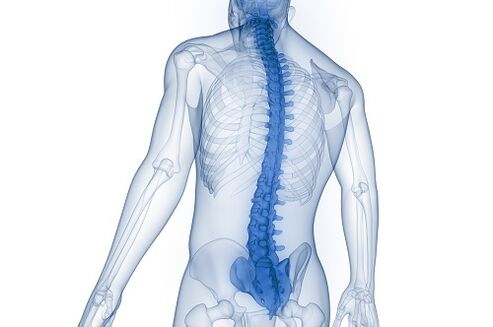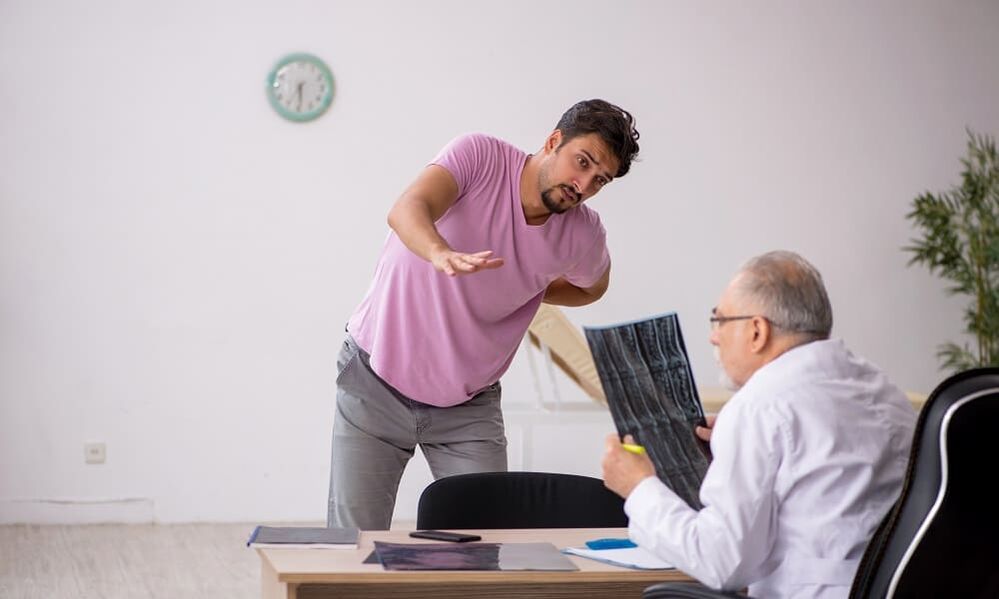
However, only an expert can determine why the lower back hurts so much that it cannot be straightened, even when lying down, and after every activity.
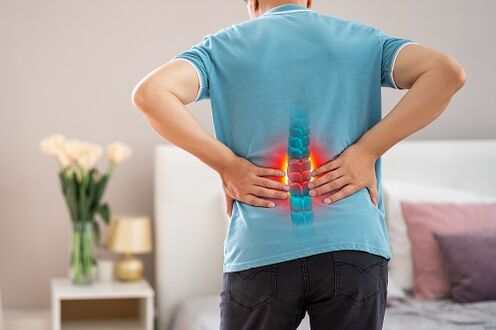
reason
spinal disease
Furthermore, the pathology may be congenital or acquired due to incorrect lifestyle, constitution, or injury.
- Congenital anomalies.
- Poor blood circulation in the spinal cord.
- Degenerative changes.
- Secondary nerve damage occurs in the context of changes in spinal position.
deformation
.jpg)
- Kyphosis.
- Scoliosis.
- Lordosis.
- Flat back syndrome.
In this case, strictly following your doctor's advice will help. Even if a person is born with this condition, it is possible to stop developing and live a full life today.
osteoporosis
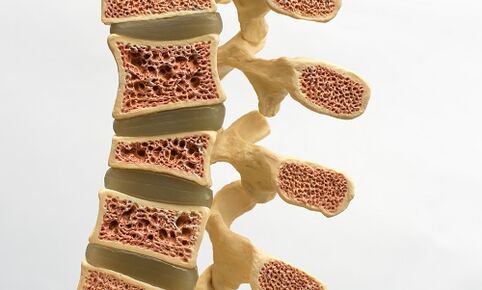
Pathological fractures are considered dangerous. It is accompanied by pain that is worse than usual. At the same time, it often goes undiagnosed because there is no injury and it does not interfere with movement. Other complications may result over time.
Injuried
- Spinal contusion.You can easily get it if you fail in a fall or hit your back. It manifests as mild pain and sometimes swelling or bruising at the site of impact. In most cases no special handling is required. However, in severe cases, it can trigger neurological symptoms.
- Compression fracture.More commonly the torso is forced into a sharp bend. Later, it manifested as severe pain during activities. The sharp protrusions of the vertebrae can be felt locally.
- Vertebral subluxationNot only does it manifest as pain and swelling, but there is often numbness in the injured area. My lower limbs gradually began to feel numb.
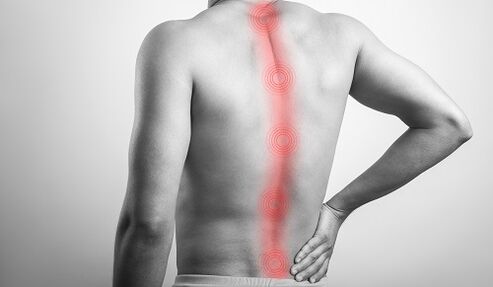
It is very important to be very careful with impacts and falls in the spinal area. Because of minor pain, it's easy to miss serious injuries, leading to greater limitations in life.
Infect
- osteomyelitisIt can enter the body through injury, during surgery, or through contact with other infected people. The infection can cause severe pain with every sudden movement. In this case, the chronic course of the infection is characterized by a mild presentation of pain. Additionally, the person may experience symptoms of intoxication, chills, and fever.
- epidural abscessCauses severe pain, accompanied by chills and severe muscle tension.
- spinal tuberculosisDevelopment is slow but inevitable. Initially, it only manifests as periodic pain and stiffness of gait after physical exertion. As the bone deteriorates, pain increases and the ability to move fully decreases.
local inflammation
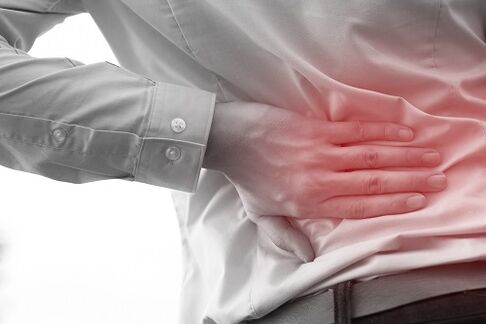
Boils, carbuncles, and paranephritis are easily recognized. The first two phenomena are lumps on the skin that produce a painful reaction when touched. In the case of paranephritis, fever will first appear, followed by severe pain on the 2-3rd day, resulting in the inability to move fully and walk. The condition is serious and requires hospitalization.
infectious diseases
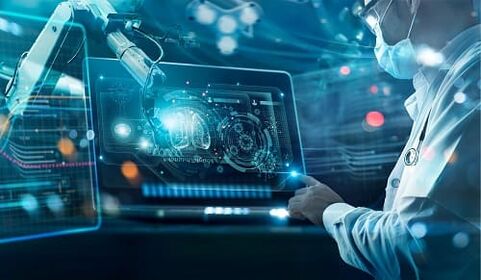
- Ebola fever.
- Human hand, foot and mouth disease.
- Severe course of coronavirus.
- A common form of viral or fungal infection.
muscle damage
In addition to problems directly affecting the spine, muscle damage can also hinder a person's health. This problem is often encountered by professional athletes, people who do a lot of strength training, or have manual jobs. After a few days of excessive tension, pain in the lumbar muscles may occur, but this will disappear with the help of medications, warm ointments, and massage.
type of pain
If the unpleasant sensation occurs suddenly and recently, the phase is called the acute phase, and if it lasts for more than three months, it is called the chronic phase.
- Mechanical.Occurs after strenuous physical activity, usually in the afternoon, and is accompanied by feelings of fatigue. It heals easily after rest. Most commonly, this is the result of deterioration of the bony structure of the spine or its severe curvature.
- inflamed.It worsens after a period of rest without movement. Over time, the pain will subside with constant exercise or anti-inflammatory painkillers.
- Local.Result of direct damage to muscles, joints or ligaments. Focus directly on the point of damage.
- Koreshkovaya.It occurs when the nerve becomes pinched due to injury, tumor, or hernia. At the same time as pain occurs, the sensitivity of the injured area also decreases.
- reflection.The most dangerous one because it deceives people. Patients think they have low back pain, but in fact it is a reflection of a disease in their internal organs.
- Myofascia.A protective mechanism that occurs due to muscle spasms when bones are damaged.
Which doctor should I contact?
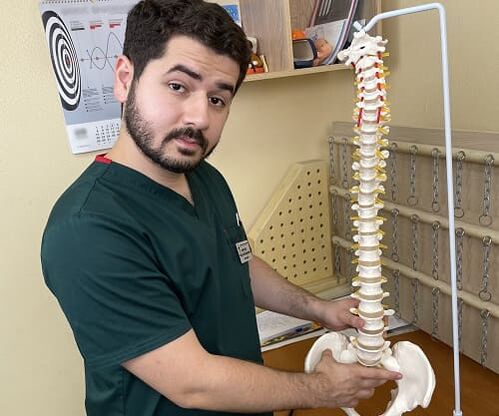
Since this part of the body is quite special, it contains not only the spine and muscles, but also a large number of internal organs. Once the disease occurs, it will also cause discomfort, so self-treatment is not recommended. Home. The condition may worsen because the source of the pain cannot be determined.
- Neurologist.
- To the surgeon.
- Urologist or gynecologist.
- Nephrologist.
If you decide to see a specialist on your own without first consulting a therapist, you could end up with an inaccurate diagnosis and waste valuable time.
diagnosis
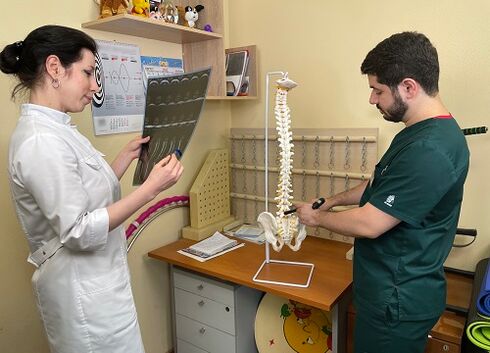
- patient interviewCollect data on signs of disease and time to development. It's also important to understand your medical history and identify chronic conditions that may affect attacks.
- Neurological examination.Doctors will check whether reflexes are preserved, how much muscle strength and reaction speed are affected, and how much movement is limited. Additionally, the degree of superficial and deep sensitivity is examined.
- X-ray of the affected area of the back.Images will show the damage sustained, pathological reduction of the intervertebral space, curvature, and the onset of degenerative processes. New growth was also detected.
- CT or MRIused to clarify the data obtained. They help identify the location of small hernias or bulges on the spine and help understand where the pinched nerves are and why they are happening.
- Functional researchDesigned to determine the condition of muscles, the extent of damage to nerve tissue, and the speed at which nerve impulses are transmitted.
- lab testing.A blood test is needed to determine whether the inflammation is contagious.
Additionally, depending on the indication, X-rays of internal organs near the painful area may be ordered. This is done to prevent the worsening of chronic diseases of the kidneys, gastrointestinal tract, or genitourinary system.
treat
It is important to properly provide first aid to the patient and transport them to a medical facility without causing additional harm. If an attack occurs, place the person on a hard object or relieve the person's back and take them to the hospital.
It is not recommended to use medications to suppress symptomatic pain before the examination, and only a single dose of analgesics is allowed.
- take medicine.
- physiotherapy.
- Use topical medications.
- Lifestyle changes.
- NSAIDs are pain relievers and anti-inflammatory drugs.It can be given by injection during the first visit; in the future, your doctor may recommend a combination of tablets and ointments with similar effects.
- local anestheticUsed to create a blockade if the pain becomes unbearable.
- B vitaminsEnhances the effects of other medications and stimulates improved blood supply to the affected areas of the back.
- physiotherapyPerformed after acute pain relief. Once the attack is over, specific treatments are chosen that have a positive effect on the spinal condition. In addition, a set of physical therapy exercises is prescribed.
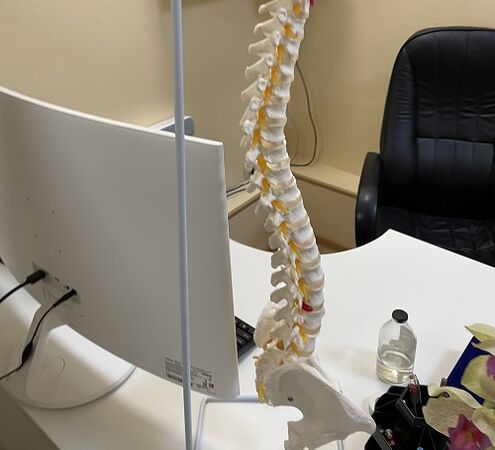
For the development of this condition, surgical intervention is an unpopular option. Because the spine is one of the most complex organs in the human body. There are many points near it that affect body functions, so doctors try to minimize surgical intervention. However, in some desperate cases, recovery is impossible without a surgeon's scalpel.
- If a tumor forms.Whether benign or malignant, they are removed because the gradual increase can cause severe pain and possibly paralysis.
- intervertebral hernia,Gradually destroying the space around them. They are the culprits of constant, never-ending pain.
- Narrowing of the intervertebral canal.
- spinal elements are unstable,Severe injuries require additional bone stabilization.
recovery
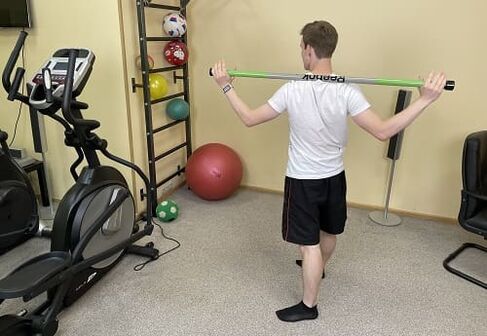
- massage.Furthermore, it is not recommended that you choose this program on your own.
- physical therapy courses,This is done under the supervision of an experienced coach who knows at what pace and intensity the exercises must be performed. Specialized emulators are also available.
- Manual therapy.
- acupuncture.
- physiotherapy,Additional uses for pain relief: electrophoresis, magnet therapy, laser therapy.
When deciding how to treat severe, acute, or aching back pain in the lower back, your doctor will determine what steps to take if pain, muscle spasms, and stiffness persist in the spine and, depending on the cause, additional treatments. It also details a series of recovery procedures that will help improve well-being and restore a state of health. Patients should be mentally prepared. If the damage to nerve endings or vertebrae is severe, the recovery period may last more than 1 month.
result
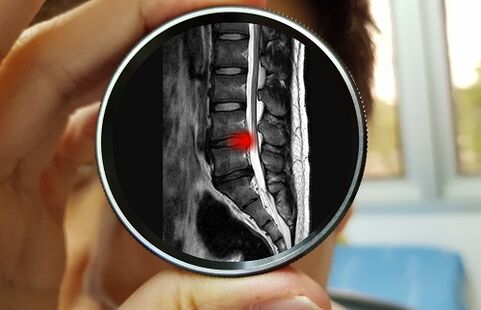
- Pain spreads more widelyAttacks intensify as more healthy tissue will suffer from progressively larger problem areas.
- Cardiovascular system function deteriorates sharply.Problems in this area can lead to chronic disease in any organ, including worsening of brain function.
- In the worst case it is possibleTemporary or permanent paralysis of the limbs.
Additionally, self-medication without initial diagnosis or doctor's prescription may lead to worsening of health conditions. Subsequently, the process of treatment and recovery becomes long and complex.
prevention

- Choose a medium-firm mattress for your bedroom.
- If you move very little throughout the day but often sit in front of a computer, take a few minutes every hour to warm up your lumbar spine briefly.
- Give up bad habits.
- Try not to make sudden, ill-considered body movements.
- Exercise regularly. Even 15 minutes of small exercise in the morning can have a positive impact on the condition of your spine. After the age of 30, it is best to find a hobby that allows you to perform the required physical activities without being prone to injury. Consider doing yoga or swimming in the pool to stay in shape.
- Control your posture.
- Avoid severe hypothermia in the lower back.
- Treat diseases promptly when discovered.
- Conduct regular preventive inspections.
- If you experience back pain, please contact the clinic immediately for a consultation.
The sooner professional treatment for back problems begins, the sooner a person can return to living a full life. Neglecting your health in this situation may result in disability.




















